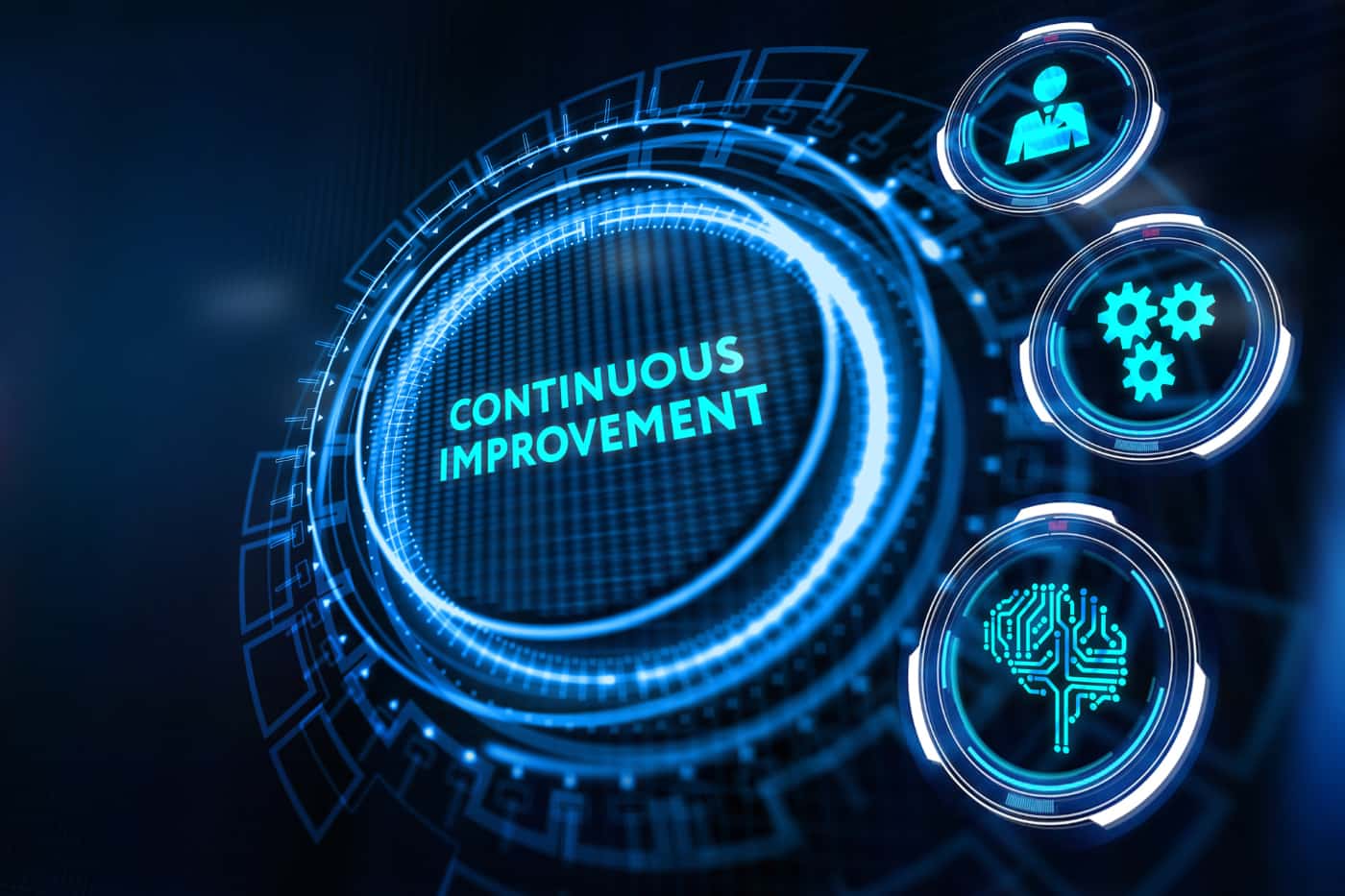In today’s fast-paced and ever-evolving business landscape, organizations must adapt to survive and thrive. One of the most effective strategies for ensuring long-term success is fostering a culture of continuous improvement. This article explores the concept of continuous improvement, its importance, and practical steps to create and sustain such a culture within an organization.
Understanding Continuous Improvement
Definition and Origins
Continuous improvement, often associated with the Japanese term "Kaizen," refers to the ongoing effort to enhance products, services, or processes. This concept, deeply rooted in post-World War II Japanese manufacturing, emphasizes small, incremental changes rather than major overhauls. The philosophy behind continuous improvement is that small, consistent efforts can lead to significant gains over time.
Principles of Continuous Improvement
The core principles of continuous improvement include:
- Customer Focus: Understanding and meeting customer needs and expectations.
- Employee Involvement: Engaging all employees in the improvement process. Process-Centered Approach: Focusing on improving processes to enhance outcomes.
- Integrated System: Aligning improvement efforts with organizational goals. Data-Driven Decision Making: Basing decisions on data analysis rather than intuition.
- Sustainability: Ensuring improvements are maintained over the long term.

The Importance of a Continuous Improvement Culture
Enhancing Competitive Advantage
Organizations that embrace continuous improvement can quickly adapt to changes in the market, outpacing competitors. By constantly refining processes and products, they can offer better value to customers, leading to increased customer loyalty and market share.
Improving Employee Engagement
A culture of continuous improvement empowers employees at all levels, fostering a sense of ownership and pride in their work. When employees see their ideas implemented and valued, it boosts morale and engagement, leading to higher productivity and lower turnover rates.
Driving Innovation
Continuous improvement encourages a mindset of experimentation and learning. By continually seeking better ways to perform tasks, organizations can drive innovation, leading to new products, services, and business models.
Steps to Create a Culture of Continuous Improvement
Leadership Commitment
Vision and Strategy
Leadership must articulate a clear vision for continuous improvement and integrate it into the organization’s strategic goals. This vision should be communicated effectively to ensure that all employees understand and are aligned with the organization’s commitment to improvement.
Leading by Example
Leaders should model the behaviors they wish to see. By actively participating in improvement initiatives and showing a willingness to change, leaders can inspire employees to follow suit.
Employee Involvement
Training and Development
Investing in training and development is crucial for empowering employees to contribute to improvement efforts. Providing training on problem-solving techniques, process improvement methodologies, and data analysis can equip employees with the necessary skills.
Encouraging Idea Generation
Creating formal channels for idea submission and feedback encourages employees to share their insights. Regular brainstorming sessions, suggestion boxes, and open-door policies can facilitate a steady flow of improvement ideas.
Establishing Processes and Tools
Standardized Processes
Standardizing processes ensures consistency and provides a baseline for measuring improvements. Documenting procedures and best practices helps in maintaining quality and facilitates training for new employees.
Improvement Tools and Techniques
Utilizing tools and techniques such as Lean, Six Sigma, and PDCA (Plan-Do-Check-Act) can help in systematically identifying and addressing inefficiencies. These methodologies provide structured frameworks for problem-solving and process optimization.

Monitoring and Measuring Progress
Key Performance Indicators (KPIs)
Defining and tracking KPIs related to improvement efforts is essential for measuring progress. KPIs should be aligned with organizational goals and provide insight into the effectiveness of improvement initiatives.
Regular Reviews and Feedback
Conducting regular reviews of improvement initiatives helps in assessing progress and making necessary adjustments. Providing feedback to employees on their contributions reinforces the importance of continuous improvement and encourages ongoing participation.
Recognizing and Rewarding Contributions
Recognition Programs
Implementing recognition programs that highlight and reward employees for their improvement efforts can motivate continued participation. Public acknowledgment of contributions, whether through awards, newsletters, or meetings, reinforces the value placed on continuous improvement.
Incentive Systems
Aligning incentive systems with improvement goals can further motivate employees. Offering bonuses, promotions, or other incentives for significant contributions to improvement efforts can drive engagement and commitment.
Sustaining a Culture of Continuous Improvement
Embedding Improvement into Organizational DNA
For continuous improvement to be sustainable, it must be embedded into the organizational DNA. This involves integrating improvement into daily routines, decision-making processes, and performance evaluations.
Adapting to Change
Organizations must remain flexible and adaptable to sustain a culture of continuous improvement. This means being open to new ideas, technologies, and methodologies that can enhance improvement efforts.
Celebrating Successes
Celebrating successes, no matter how small, reinforces the importance of continuous improvement and builds momentum. Success stories should be shared across the organization to inspire others and highlight the tangible benefits of improvement efforts.
Conclusion
Creating a culture of continuous improvement is a strategic imperative for organizations seeking long-term success. By fostering an environment that encourages ongoing enhancement of processes, products, and services, organizations can achieve higher levels of efficiency, innovation, and employee engagement. The journey towards continuous improvement requires commitment, perseverance, and a willingness to embrace change, but the rewards are well worth the effort.

